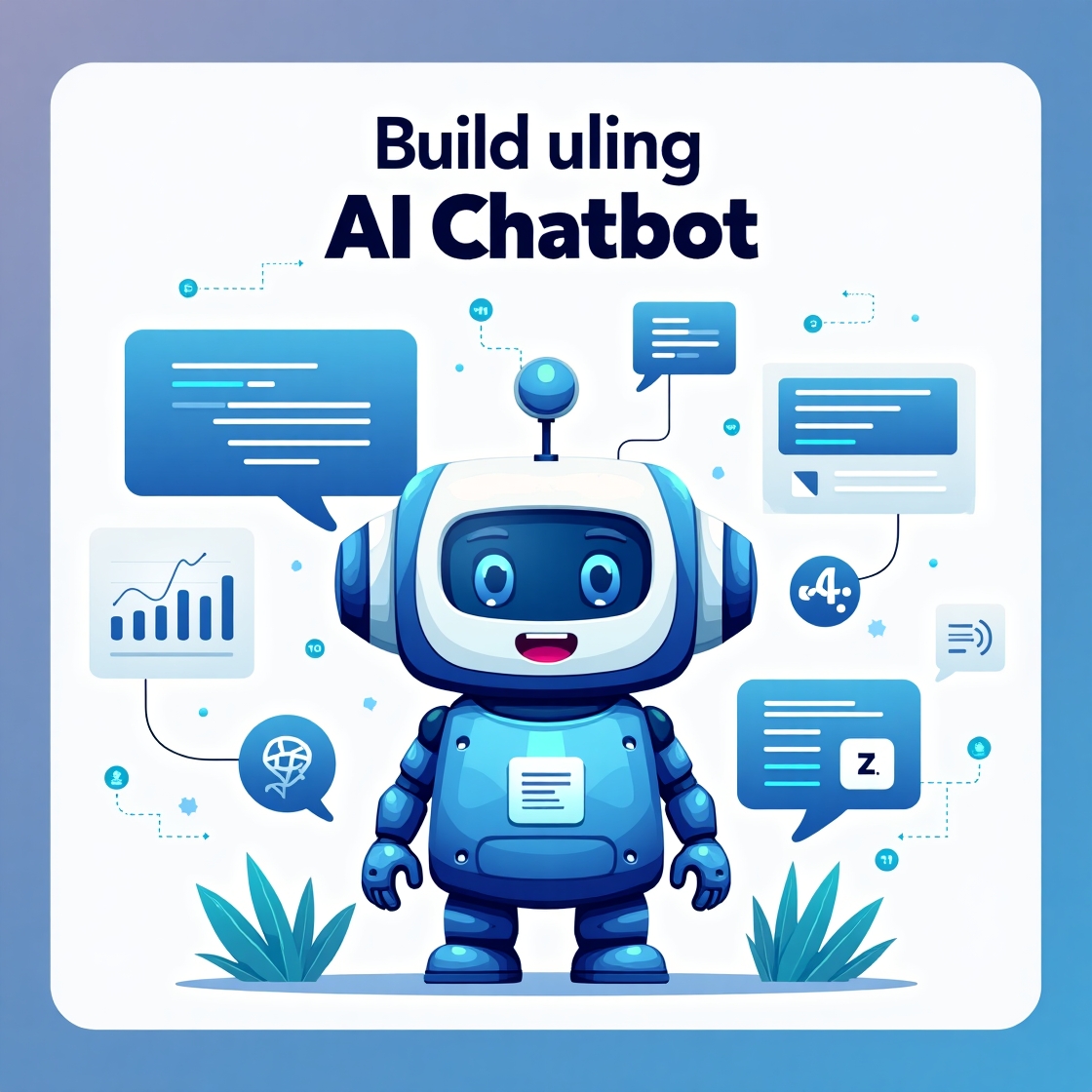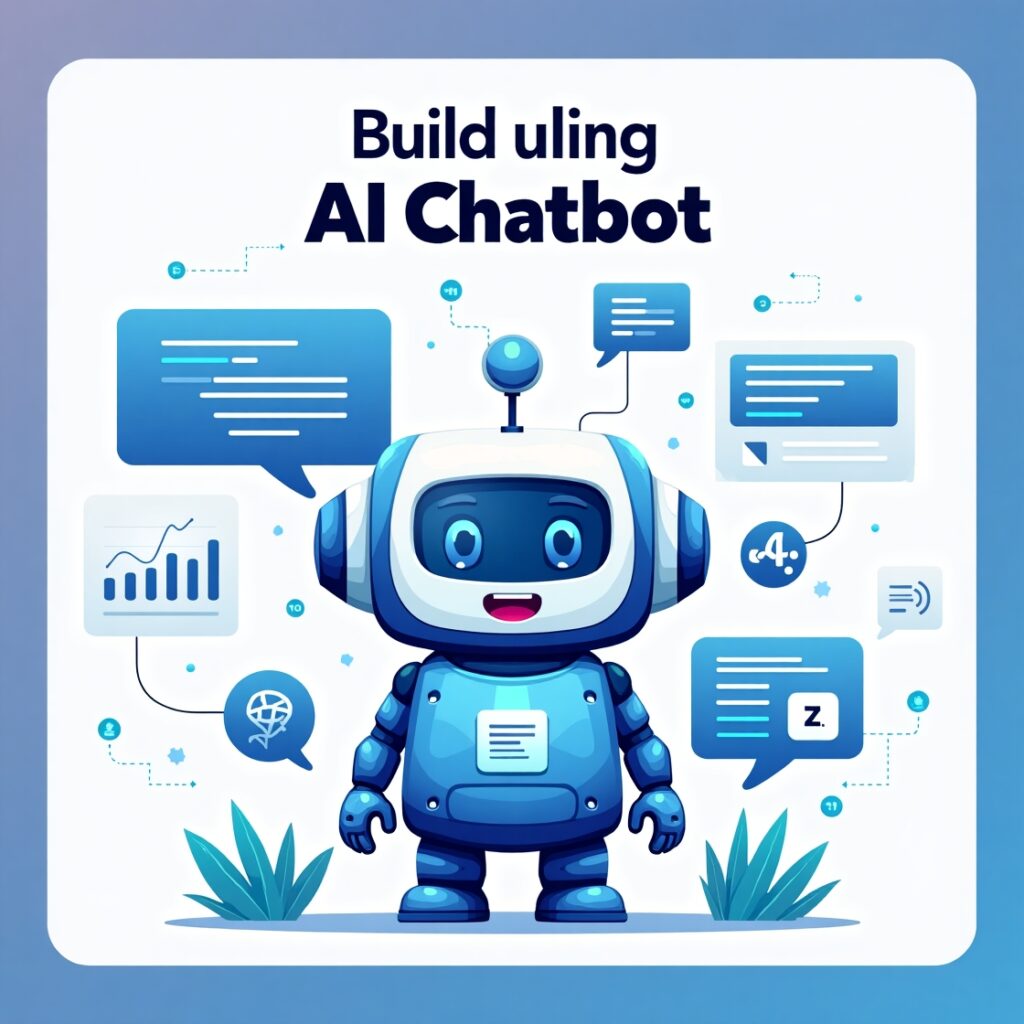I
AI chatbots are transforming how businesses engage with customers, offering 24/7 support, automating tasks, and improving user experience. Whether you’re looking to enhance customer service, generate leads, or drive sales, building an AI chatbot can significantly boost efficiency. In this guide, we’ll explore the essential steps to develop a chatbot using artificial intelligence.
Define Your Chatbot’s Purpose
Before diving into development, it’s crucial to outline your chatbot’s purpose. Ask yourself: What problem will it solve? Will it handle customer support, process orders, or provide product recommendations? Identifying the chatbot’s goal will help determine its conversation flow and integration needs.
Additionally, consider your target audience and the platforms where the chatbot will be available. Popular options include websites, WhatsApp, Facebook Messenger, and mobile apps. Understanding your audience’s preferences will help tailor the chatbot’s responses for maximum engagement.
Choosing the Right AI Framework
Selecting the right AI framework is a critical step in chatbot development. Several platforms offer robust artificial intelligence and natural language processing (NLP) capabilities:
- Google Dialogflow – User-friendly and ideal for businesses seeking a quick AI chatbot solution.
- Microsoft Bot Framework – A powerful choice for enterprise applications.
- IBM Watson Assistant – Provides advanced AI-driven responses for complex queries.
- Rasa – An open-source framework suitable for developers who want full control over their chatbot’s behavior.
The choice of framework depends on your technical expertise, scalability needs, and the level of AI sophistication required.
Designing the Conversation Flow
A well-structured conversation flow ensures that the chatbot delivers a seamless user experience. Start by defining the chatbot’s greetings, user inputs, and responses. Map out different interactions, including common queries, follow-ups, and fallback messages when the chatbot doesn’t understand a request.
To enhance engagement, incorporate conversational AI features such as personalized responses, contextual understanding, and sentiment analysis. These features help make the chatbot feel more human-like and improve user satisfaction.
Training Your Chatbot with AI and NLP
To make your chatbot truly intelligent, it must be trained with machine learning and NLP. Training involves feeding the chatbot with real-world conversations, enabling it to recognize user intent and extract key details such as names, dates, or preferences.
AI-powered chatbots improve over time through machine learning. Regularly updating the chatbot with new training data helps refine its accuracy and ensures it remains relevant to user needs.
Integrating and Deploying Your Chatbot
Once trained, your chatbot needs to be integrated into your preferred platforms. You can use:
- No-code chatbot builders – Ideal for beginners (e.g., Chatfuel, ManyChat).
- API and custom coding – For developers using Python, Node.js, or JavaScript.
- CRM and eCommerce tools – Integrate with platforms like HubSpot, Shopify, and WhatsApp Business.
Testing the chatbot before deployment is essential. Conduct user simulations, check for errors, and refine responses to improve accuracy.
Monitoring and Optimizing Chatbot Performance
After launching your chatbot, continuous monitoring is crucial to ensure optimal performance. Track key metrics such as engagement rate, response accuracy, and conversion rates. Use analytics to identify areas for improvement and update the chatbot’s responses based on real user interactions.
Additionally, leverage artificial intelligence features like sentiment analysis and predictive analytics to further enhance chatbot efficiency. A well-optimized chatbot not only improves customer interactions but also contributes to business growth.
Conclusion
Building an AI chatbot requires careful planning, the right AI framework, and ongoing training. By following this step-by-step guide, you can develop a chatbot that meets your business goals while providing an excellent user experience.
Ready to build your AI chatbot? Start today and enhance your customer engagement with AI-driven automation!





